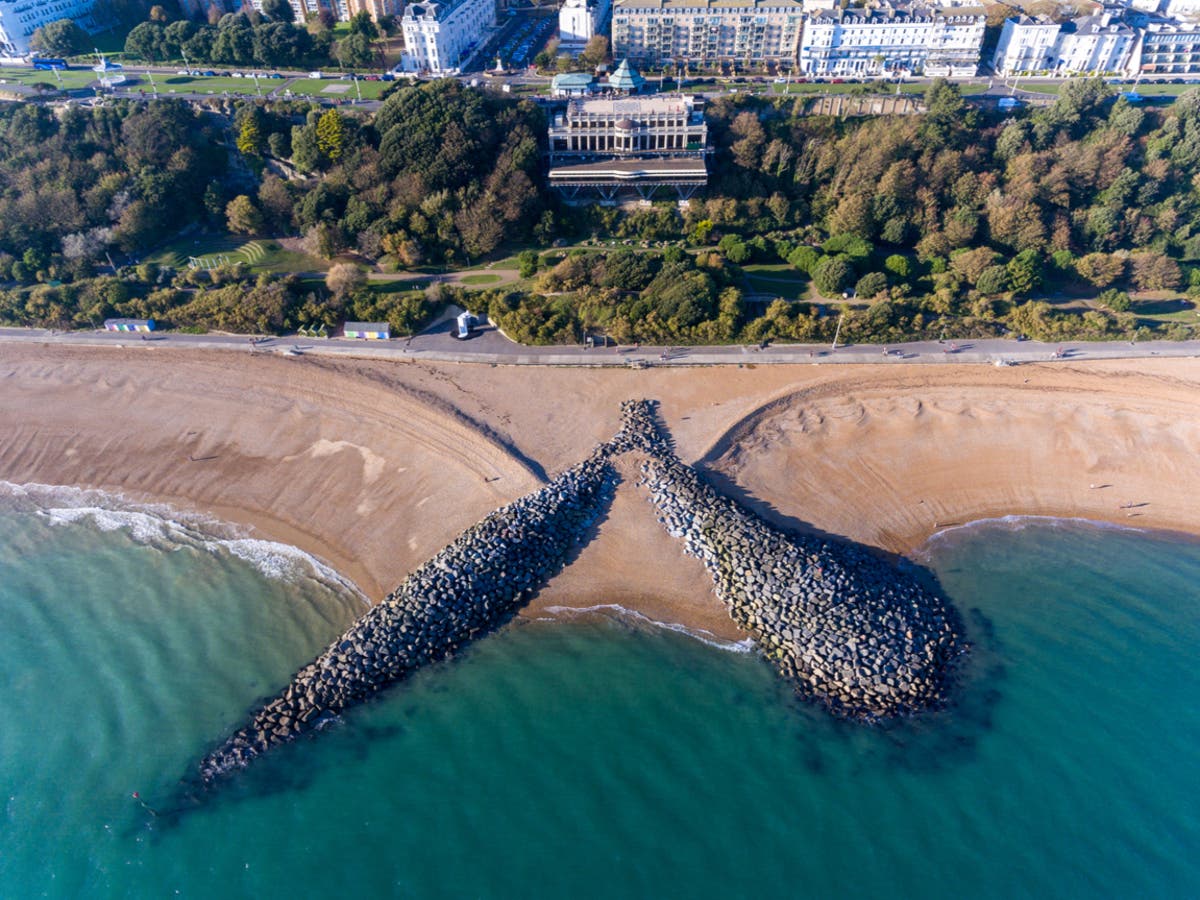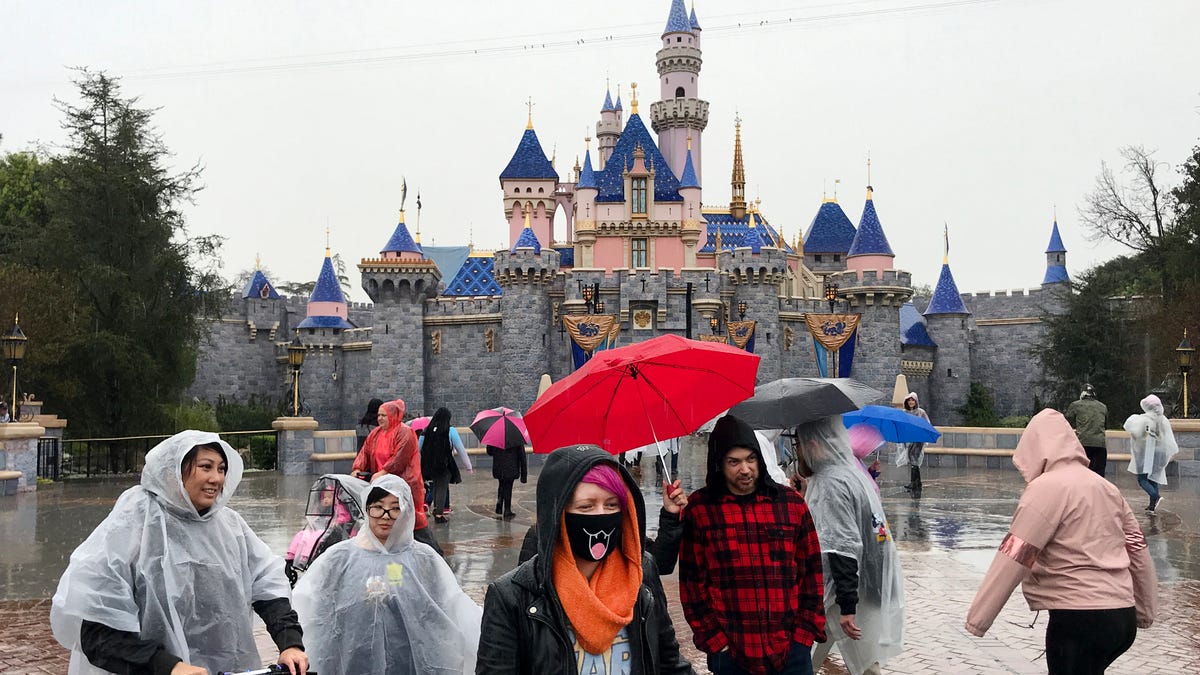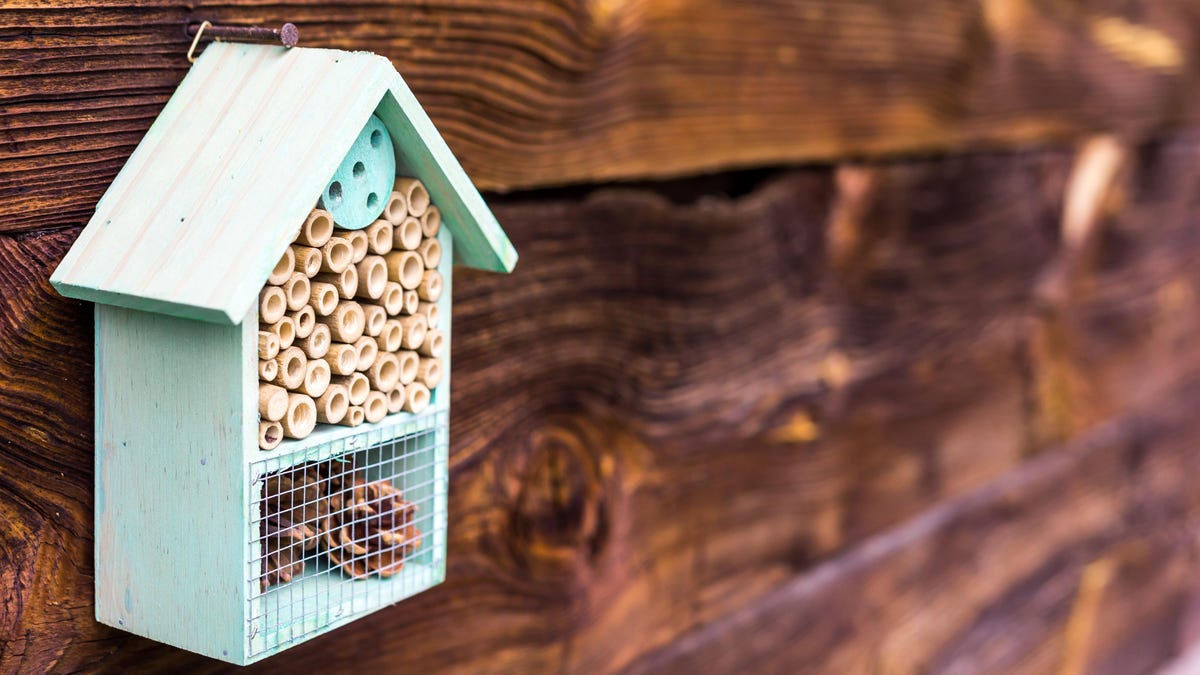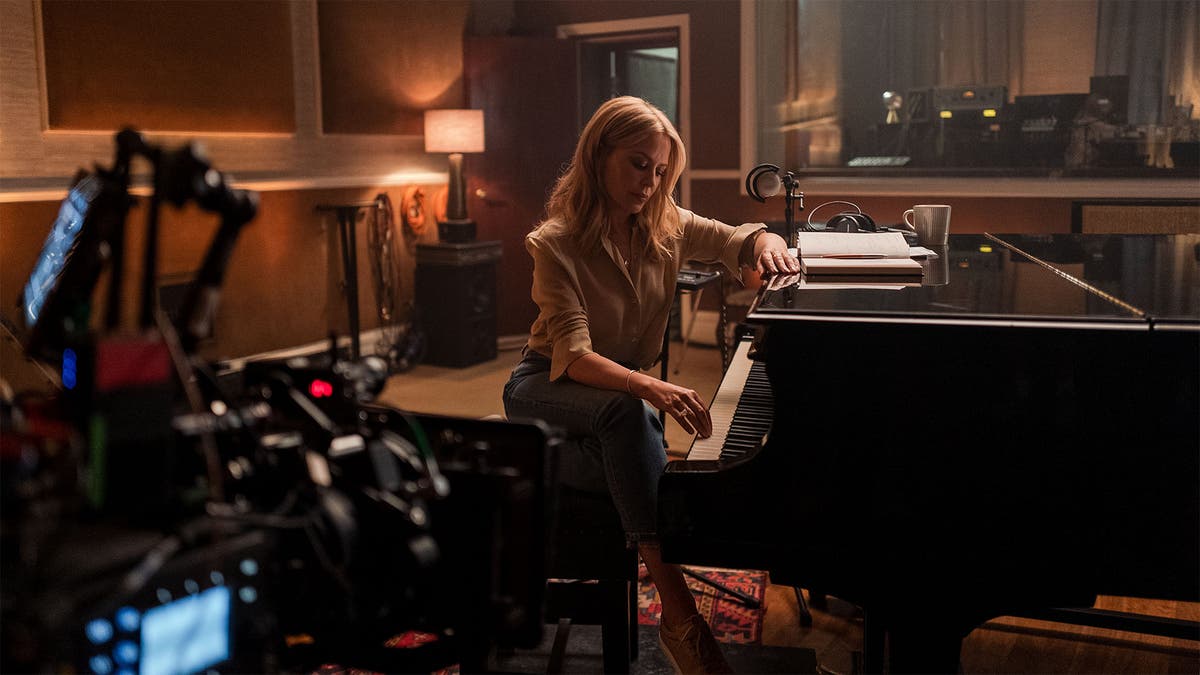The great escape: How writing a travel feature convinced me to leave the city for the seaside
We sell the dream of a destination – but what happens when we fall for our own sales pitch?, asks Helen Coffey

It’s a fickle job, being a travel writer. You’re compelled to fall in love with a different destination every day, flitting your attention from continent to continent like a bee hopping from flower to flower. You’re selling the idea of a place – whether you’re the one who’s visiting and reporting back on its charms, or commissioning another writer instead and polishing up their own enticing vision.
I’m used to the sensation of getting my head turned by every country, city or town I cover editorially: the Technicolor picture that good writing can conjure means I feel the tingling spray of the sea on my skin, smell the stomach-rumbling scents of spice-laden street food and hear the shrieks of wildlife though heavily humid junglescape – even if I’ve never visited the place in question. Every time, I long to be there; to trade in my well-trodden London life for something fresh and new.
This love is no less real for being fleeting, soon to be displaced by whichever destination is next in line for a moment in the spotlight. After all, how can you expect a reader to buy into the vision if you don’t believe it yourself?
Every time, I long to be there; to trade in my well-trodden London life for something fresh and new
It’s why my most frequent activity when arriving somewhere new is checking the property listings. Within a couple of hours of any given break, I start to believe I could happily live there and begin researching accordingly. This is, of course, a nonsensical pipe dream. Much as I might want to, I physically cannot simultaneously reside in the Isles of Scilly, Rotterdam, the Julian Alps, Marseille, Valencia, Turin, Tangier and Rijeka. My research never translates to reality. Until the one time that it did.
It was 2019 when I first went to Folkestone on a one-day press trip. By the end of that visit – barely six hours in total – I had predictably fallen in love all over again. But this time was different; this time, for some reason, it stuck.
It was the year before the coastal Kent town’s most recent Triennial was scheduled to run – a once-every-three-years event when leading artists from around the world are invited to install public artworks, either temporary or permanent – and we were given a tour that took in striking outdoor works by Richard Woods, Tracey Emin, Yoko Ono, Tim Etchells and Antony Gormley. The vast array of pieces around the town add up to form the UK’s biggest urban exhibition of contemporary art.
The newly refurbished beach huts in Folkestone, Kent
(PA)
Along the way, we stopped for coffee at Steep Street, a cosy, book-lined café serving up generous slabs of cake and honey iced lattes; met charismatic artist Malcolm Allen, aka Whelkboy, in his workshop-slash-gallery in the Creative Quarter to view his latest pieces; and strolled the former train station turned stylish public path, which now plays host to a thriving market on the weekends. We explored the trendy Harbour Arm, with its myriad food and drink stalls, and an iconic champagne bar housed in a former lighthouse. We ate a slap-up lunch at bougie fish restaurant Rocksalt before being shown Sunny Sands, the town’s sandy beach – complete with a sculpture inspired by Copenhagen’s Little Mermaid statue but modelled on a local woman, staring dolefully out to sea. I did likewise, the water an inviting shade of muted teal despite the overcast sky.
As we made a final tour of the boardwalk, along Folkestone’s much longer stretch of pebble beach to the west, the PR joked as I waffled on about how lovely it all was. “Ha! It sounds like you might end up moving here.” “Ha!” indeed. Three years later, her quip has come to fruition – I finally managed to buy a house in my new chosen home town.
I visited Folkestone once, wrote a feature calling it ‘cooler than Margate’, and my mind was made up
Lots of people have asked me over the last 18 months: why Folkestone? Did I have any connection to it? Know anyone there? Know anything about it at all, in fact? The answer was a not-quite-but-almost resounding no. I visited once, wrote a feature calling it “cooler than Margate”, and my mind was made up.
It instantly encompassed a lot of the essentials on my own personal Venn diagram: less than an hour from London by train, seaside location, relatively low (although constantly rising) house prices. It had enough vibey places to eat, drink and be merry, with the aforementioned arts scene the aesthetically exciting cherry on top. But plenty of coastal towns in the southeast of England have had a resurgence over the last five years, from Margate and Deal to Hastings and Worthing. The spike in DFLs – new residents dubbed “Down From Londons” – as Millennials were priced out of the capital was compounded by the pandemic, which saw many of those with office jobs given the flexibility to work remotely and move further afield.
Folkestone’s Mermaid looking out on Sunny Sands beach
(Helen Coffey)
This change in demographic can inject previously overlooked areas with investment, creativity and new opportunities – but it has its less palatable downsides. The double-edged sword of gentrification, if not consciously managed, can see locals priced out in favour of developers, investors and second-home-owners who can afford to pay ever-spiralling costs. I’m painfully aware that I am part of the problem – and yet there’s no way I could afford to buy a property in London, nor even in the commuter town where I grew up.
Folkestone has one answer to the issue: arts charity Creative Folkestone, part financed by the former chairman of Folkestone-based travel firm Saga Group, Roger De Haan. It bought up scores of derelict buildings around the town and transformed them into spaces for creatives to live and work in. Anyone can apply, and the rents must stay below market rate as part of the charity’s remit.
The Lighthouse champagne bar on Folkestone’s rejuvenated Harbour Arm
(Helen Coffey)
In the end, what’s my real answer to the question, “Why Folkestone”? Well, some places just get under your skin. Like falling in love with a person, they give the feeling of finally coming home; a curious sensation of, “Wait, haven’t we met before?”
Part of me worried about buyers’ remorse – that, once my pipe dream was at last a reality, I’d be like that bee, distracted by the next exotic flower. Another week, another Hot New Destination to lure me in. But the weekend after I got the keys to my Folkestone house, my one local friend took me out on the town. We bounced from sipping still peach ciders at stripped-back bar The Beer Shop, to inhaling the best veggie burger I’ve ever eaten in a dimly lit booth at London transplant Lucky Chip, then sipped wines at cosy-rustic pub The Pullman. The next morning, head just the teeniest bit sore, I cleared away the cobwebs with a stroll to Folkestone beach under a hazy September sun, to submerge myself in the same muted teal water that had betwitched me more than three years ago.
I may have fallen for my own sales pitch, but remorse couldn’t be further from my mind.

 Tfoso
Tfoso 






























